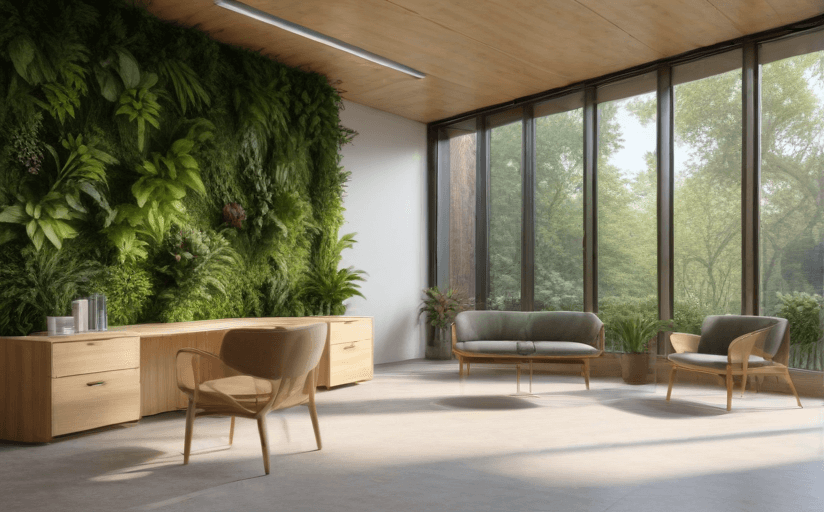Exploring the Connection Between Mental Health, Wellness, and Biophilic Design
The intricate relationship between design, wellness, and mental health begins to clarify when we explore the concept of biophilic design. But what exactly is biophilic design?
Understanding Biophilic Design
Biophilic design, at its core, is an approach to architecture that seeks to connect building occupants more closely to the natural environment. It involves integrating natural elements—light, plant life, natural materials—to create a more human-centric approach to building design.
The Health Impact of Biophilic Design
Research has indicated a significant correlation between biophilic design and improved mental health. A 2015 study performed by the University of Exeter's Medical School found that employees working in environments that included natural elements reported a 15% higher level of well-being than those who worked in environments devoid of nature.
Natural Lighting
Natural light is a key element of biophilic design and contributes significantly to mental health and wellness. Exposure to natural light can help regulate sleep patterns, enhance mood, and boost productivity—all factors that contribute positively to mental health.
Plant Life
Another integral component of biophilic design is plant life. Incorporating plants into building design can significantly improve air quality, which can alleviate allergies and respiratory problems. Plus, looking after plants has been shown to reduce stress and promote feelings of well-being.
The Future of Biophilic Design
The future of biophilic design looks promising. As awareness of the importance of mental health continues to grow, so does the recognition of the role our environments play in promoting wellness. Look forward to seeing more biophilic elements in living spaces, office buildings, schools, and more in future design efforts.
Not only is biophilic design a strategy for improving mental health and wellness, but it also has the potential to lessen the environmental impact of construction by incorporating sustainable practices, like using local and renewable materials and supporting local biodiversity.
There is still much to explore in the world of biophilic design, but with the growing body of research suggesting significant links between natural design elements and improved mental health, the future seems bright and green.




















Comments
Leave a Comment